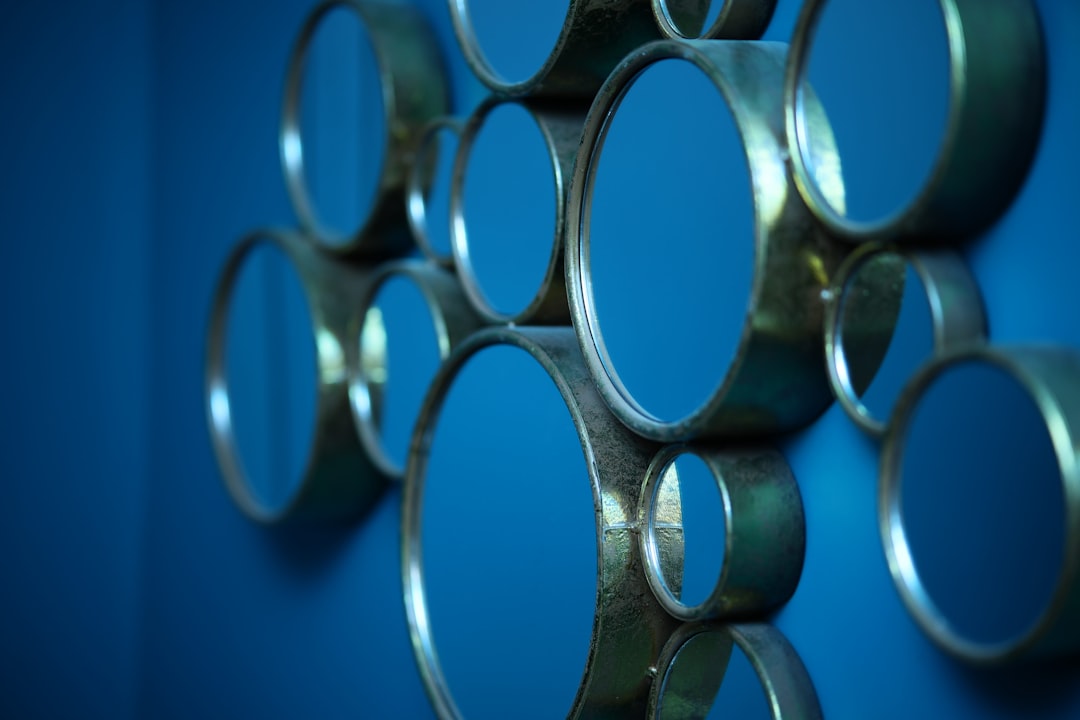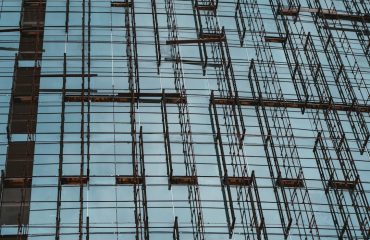body {
font-family: sans-serif;
line-height: 1.6;
}
h1, h2, h3 {
color: #333;
}
img {
max-width: 100%;
height: auto;
}
The construction and engineering industries are constantly seeking materials that offer enhanced strength, durability, and lightweight properties. Carbon fiber-coated steel pipes represent a significant advancement, combining the inherent strength of steel with the exceptional tensile strength and lightweight nature of carbon fiber. This innovative combination opens up a world of possibilities across various sectors, from oil and gas to aerospace and automotive applications.
Understanding the Synergy: Steel and Carbon Fiber
The core advantage of carbon fiber-coated steel pipes lies in the synergistic combination of two distinct materials. Steel provides excellent compressive strength, high stiffness, and resistance to buckling, while carbon fiber contributes exceptional tensile strength, high specific stiffness, and a significant reduction in weight. The coating process carefully bonds the carbon fiber layer to the steel pipe, creating a composite structure that leverages the best properties of both materials. This isn’t simply a surface treatment; the layers are integrated to work together, resisting forces that would individually challenge either material. The result is a pipe that is stronger, lighter, and more resistant to corrosion and fatigue than traditional steel pipes.
Manufacturing Process: Precision and Innovation
The manufacturing process of carbon fiber-coated steel pipes requires sophisticated techniques to ensure a strong and uniform bond between the carbon fiber and the steel substrate. Common methods involve winding or spraying prepreg carbon fiber onto the steel pipe. Prepreg refers to carbon fiber that has already been impregnated with resin. The pipe is then cured in an autoclave under controlled temperature and pressure to ensure complete polymerization of the resin and optimal adhesion. This curing process is critical for achieving the desired mechanical properties and ensuring the long-term durability of the composite pipe. Quality control measures throughout the process are paramount to guarantee consistent performance and reliability.
Advanced techniques like filament winding allow for precise control over fiber orientation, optimizing the pipe’s strength and stiffness in specific directions. This tailored approach allows for the creation of pipes designed for specific applications and loading conditions, maximizing efficiency and minimizing material usage.
Applications Across Industries: A Versatile Solution
The unique properties of carbon fiber-coated steel pipes have led to their adoption across a wide range of industries. In the oil and gas sector, these pipes offer significant advantages in deepwater applications, reducing weight and improving resistance to corrosion in harsh marine environments. Their increased strength allows for the transportation of higher pressures and temperatures, enhancing operational efficiency and safety. In the aerospace industry, these pipes find use in aircraft structures, requiring lightweight yet incredibly strong materials capable of withstanding extreme stress. The automotive industry is also exploring their use in high-performance vehicles, reducing weight for improved fuel efficiency and handling.
Furthermore, applications extend to infrastructure projects, where their enhanced durability and resistance to corrosion translate to longer lifespans and reduced maintenance costs. The potential uses are vast and continue to expand as research and development progress.
Advantages Over Traditional Steel Pipes: A Clear Upgrade
Compared to traditional steel pipes, carbon fiber-coated steel pipes offer several compelling advantages:
- Increased Strength-to-Weight Ratio: Significantly lighter than steel pipes of comparable strength, leading to reduced transportation costs and easier handling.
- Enhanced Corrosion Resistance: The carbon fiber coating provides an additional barrier against corrosion, extending the lifespan of the pipe, especially in harsh environments.
- Improved Fatigue Resistance: The composite structure exhibits higher fatigue resistance compared to steel alone, meaning it can withstand repeated stress cycles without failure.
- Higher Pressure Capacity: The increased strength allows for higher internal pressures, enhancing operational efficiency in applications like oil and gas pipelines.
- Reduced Maintenance Costs: Longer lifespan and improved resistance to corrosion translate to reduced maintenance requirements over the pipe’s lifetime.
Future Trends and Innovations: The Path Ahead
The future of carbon fiber-coated steel pipes looks bright. Ongoing research focuses on improving the manufacturing process to further enhance the bond between the carbon fiber and steel, leading to even stronger and more durable pipes. New resin systems are being developed to improve the overall performance and resistance to environmental factors. Furthermore, advancements in nanotechnology may lead to the incorporation of nanomaterials into the composite structure, further enhancing its properties. The exploration of hybrid materials, combining carbon fiber with other advanced materials, holds the potential for even more specialized applications.
As the demand for lightweight, high-strength materials continues to grow across various industries, carbon fiber-coated steel pipes are poised to play an increasingly important role in shaping the future of engineering and construction.
Tags: Carbon fiber pipes, steel pipes, composite pipes, carbon fiber coating, engineering materials




